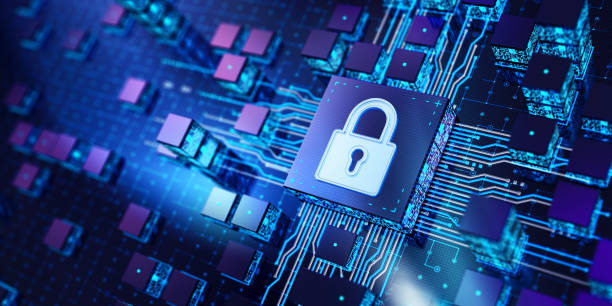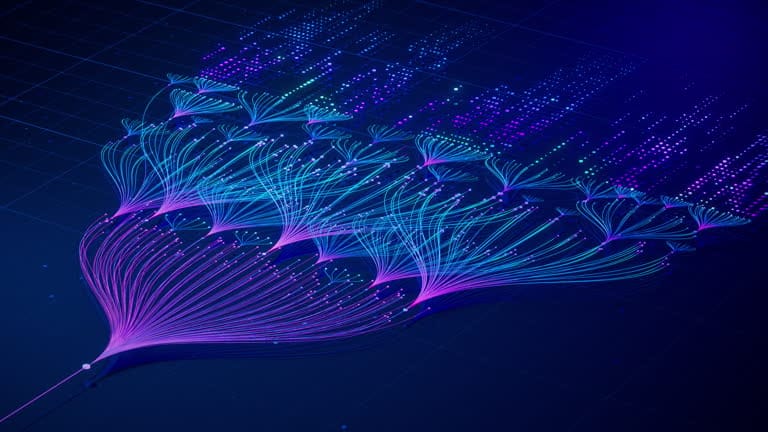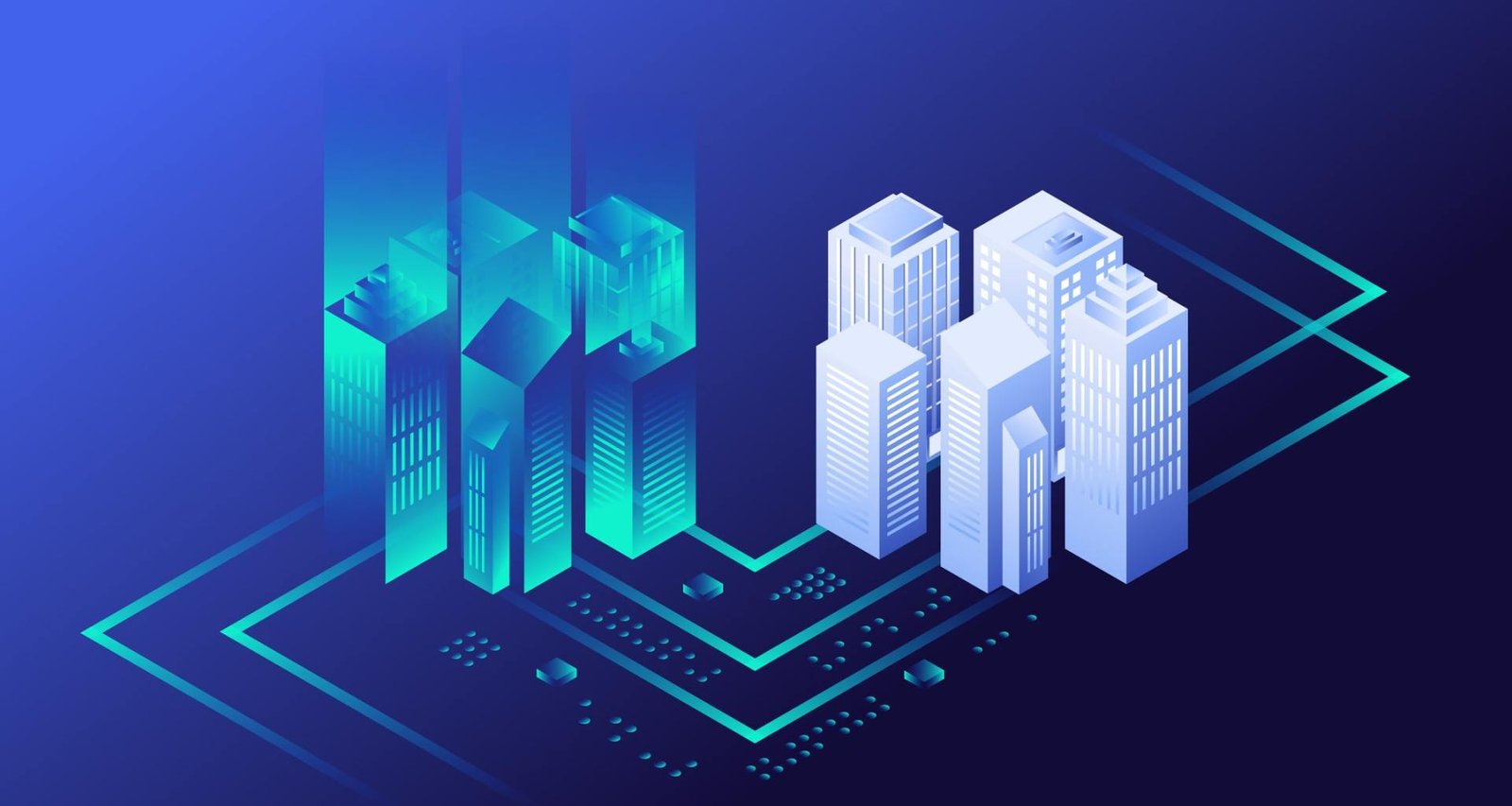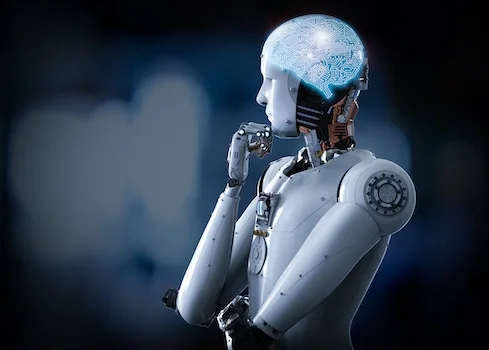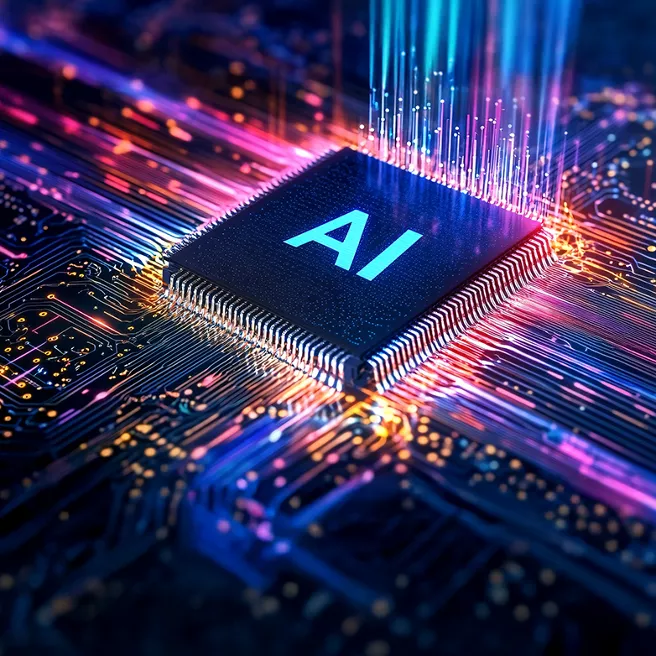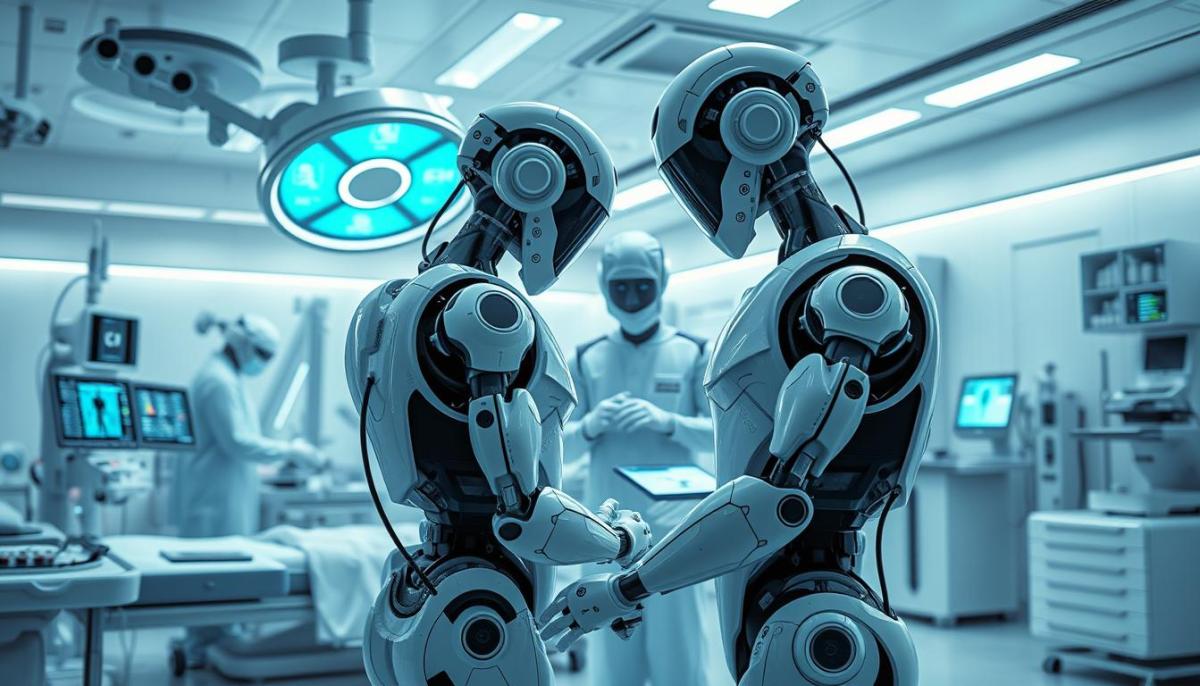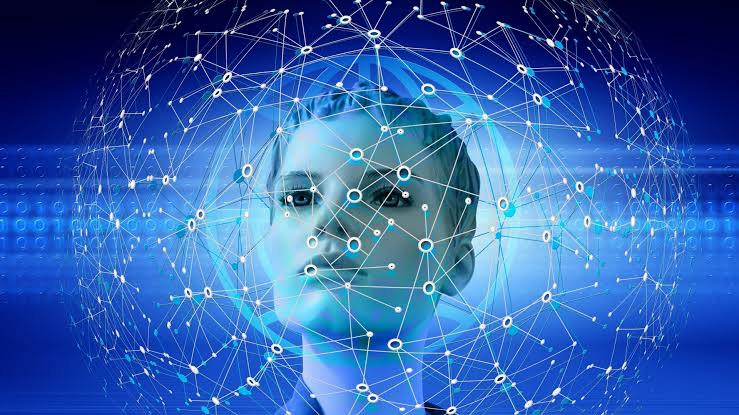As we look toward the future, it’s becoming more evident that the landscape of cybersecurity is on the precipice of a monumental transformation. By 2025, we will be more connected, more reliant on technology, and more vulnerable than ever before. From the devices we use to the infrastructure that powers our societies, digital systems are woven into nearly every aspect of our daily lives. With this reliance comes a profound responsibility to protect these systems, as they become targets for increasingly sophisticated cyber threats.
As businesses, governments, and individuals continue to embrace the benefits of the digital age, the risks associated with cyber threats are growing at an exponential rate. From financial theft to the potential sabotage of critical infrastructure, the stakes are higher than ever. In 2025, cybersecurity will no longer be just a “good-to-have” but an absolute necessity in ensuring the stability of our societies, economies, and personal safety.
A New Era of Cybersecurity Threats
In 2025, the nature of cyberattacks will have evolved dramatically from the relatively straightforward data breaches and ransomware attacks of today. The rapid pace of technological advancement, the rise of artificial intelligence (AI), and the ever-growing Internet of Things (IoT) are all contributing to a new wave of threats that require unprecedented levels of protection.
Artificial Intelligence and Machine Learning in Cyberattacks
AI and machine learning (ML) are already being used by cybercriminals to automate attacks and create more sophisticated methods of exploiting vulnerabilities. By 2025, these technologies will be far more advanced, and cybercriminals will likely use AI-powered tools to identify weaknesses in systems, develop new attack methods, and even adapt in real-time to thwart cybersecurity measures.
For example, AI-driven malware could adapt to avoid detection by traditional antivirus software, making it much harder for organizations to protect themselves. These AI tools can also be used to conduct phishing attacks, social engineering schemes, and spear-phishing campaigns with a level of precision and speed that would be impossible for a human hacker to achieve.
Furthermore, cybercriminals could use machine learning to analyze vast amounts of data from social media and public records to create highly targeted attacks. This could involve impersonating individuals or organizations, making it even more difficult for victims to recognize the threat until it’s too late.
The Internet of Things and the Explosion of Connected Devices
By 2025, the number of connected devices in the world is projected to exceed 100 billion, with everything from household appliances to industrial machinery being connected to the internet. The IoT promises many benefits, from smarter cities to more efficient healthcare systems, but it also opens up new attack vectors for cybercriminals.
Many IoT devices, such as smart thermostats, cameras, and wearable devices, are designed with convenience in mind but often lack robust security features. As these devices become more ubiquitous, they create an expanding network of vulnerabilities that hackers can exploit. In 2025, IoT devices will likely be even more integrated into critical infrastructure, healthcare systems, and industrial processes, making them attractive targets for cyberattacks.
The sheer volume of connected devices will also increase the complexity of managing security. Organizations will need to ensure that not only their internal networks are protected but also the vast array of devices connected to their systems. As IoT devices become more embedded in our daily lives, it will become increasingly challenging to ensure that every device is secure and not a potential entry point for malicious actors.
The Rise of Quantum Computing and Its Impact on Encryption
Quantum computing is poised to revolutionize the world of computing by 2025, enabling processing speeds that far surpass those of traditional computers. While this has the potential to unlock incredible advancements in fields like medicine and materials science, it also poses a significant threat to cybersecurity.
The key risk lies in the ability of quantum computers to break current encryption methods, which rely on the difficulty of factoring large numbers. Today, encryption algorithms such as RSA and AES are the backbone of online security, protecting everything from financial transactions to private communications. However, quantum computers could easily break these encryption standards, rendering traditional security measures ineffective.
In 2025, quantum computing may be advanced enough that cybercriminals could use it to decrypt sensitive information, bypassing current cybersecurity defenses. This creates an urgent need for the development of quantum-resistant encryption methods to safeguard data in a post-quantum world.
Cybersecurity in the Age of 5G and Beyond
The rollout of 5G networks, expected to be widespread by 2025, will bring faster internet speeds and more reliable connectivity, enabling a new era of innovation. However, the increased complexity and scale of 5G networks will also introduce new security risks.
5G networks will support an even greater number of devices, with higher data throughput and lower latency, which will make them attractive targets for hackers. The expanded attack surface means that vulnerabilities in one part of the network could have far-reaching consequences, affecting everything from smart homes to self-driving cars.
Moreover, 5G networks will rely heavily on cloud infrastructure, which could become a critical point of failure in the event of a cyberattack. As more data is transmitted over 5G, the potential for interception, data breaches, and denial-of-service (DoS) attacks increases. The rollout of 5G also raises questions about the security of supply chains, as the technology relies on components from various manufacturers, which may have different levels of security standards.
The Human Element: Social Engineering and Insider Threats
While technology plays a significant role in the cybersecurity landscape, the human element remains one of the most significant vulnerabilities. Cybercriminals often exploit human psychology through social engineering tactics, such as phishing, spear-phishing, and pretexting, to gain access to sensitive information or systems.
In 2025, social engineering attacks will become even more sophisticated as cybercriminals leverage AI and machine learning to craft personalized, high-impact campaigns. Phishing emails will be more convincing, appearing to come from trusted sources, and using language and tactics that appeal directly to the victim’s emotions or sense of urgency.
Insider threats, whether intentional or accidental, will also continue to pose a significant risk. As organizations increasingly rely on remote work, the potential for disgruntled employees or contractors to misuse their access to sensitive systems will rise. Additionally, employees who are unaware of cybersecurity best practices may inadvertently expose systems to attack by falling victim to social engineering or making simple mistakes.
Organizations will need to prioritize human-centric cybersecurity measures, such as employee training, awareness programs, and multi-factor authentication (MFA), to mitigate these risks.
The Cost of Cybercrime: Why Cybersecurity is Essential for Business and Government
The financial and reputational costs of cyberattacks are already staggering, and by 2025, they are expected to rise exponentially. Cybercrime is projected to cost the global economy over $10 trillion annually by 2025, with businesses and governments feeling the brunt of these costs.
For businesses, a cyberattack can lead to direct financial losses from theft, extortion, or fraud. However, the long-term costs can be even more devastating, as organizations may face regulatory fines, legal action, and a loss of customer trust. In an age where consumer data is a valuable commodity, any breach of privacy can have lasting consequences on a company’s brand and reputation.
Governments, too, are increasingly becoming targets for cybercriminals, with nation-state actors launching cyberattacks for political, military, or economic gain. A successful attack on critical infrastructure—such as power grids, water systems, or transportation networks—could have devastating consequences on national security and public safety. The 2025 landscape will see governments ramping up their cybersecurity efforts to protect against these threats.
In addition to the financial costs, the loss of data or intellectual property can undermine an organization’s competitive advantage, making cybersecurity a vital part of any business strategy.
The Evolution of Cybersecurity: From Defense to Resilience
By 2025, cybersecurity will no longer be viewed as merely a defensive measure. It will evolve into a comprehensive strategy focused on resilience. In a world of increasingly sophisticated cyber threats, organizations will need to be prepared not only to defend against attacks but also to recover quickly and minimize the impact of breaches.
This shift will require a more holistic approach to cybersecurity, one that integrates risk management, incident response, and continuous monitoring. Businesses will need to develop robust disaster recovery plans, conduct regular security audits, and invest in technologies that enable rapid detection and response to threats.
Additionally, cybersecurity will become more integrated into the design and development of new technologies. As companies embrace AI, IoT, and other emerging technologies, cybersecurity will be baked into the design process from the beginning. This will require a shift in mindset, where security is not an afterthought but a foundational element of innovation.
The Role of Governments and Global Cooperation
As cyber threats become more complex and pervasive, the role of governments in ensuring cybersecurity will become more critical. By 2025, many nations will have enacted stricter cybersecurity regulations to protect businesses and citizens from cybercrime.
Governments will need to collaborate not only with private industries but also with other nations to address the global nature of cybercrime. Cyberattacks are not constrained by borders, and cybercriminals can strike from anywhere in the world. Therefore, international cooperation will be key in tackling the growing threat of cybercrime.
In addition to law enforcement efforts, governments will play a crucial role in fostering public awareness of cybersecurity issues. As the digital landscape grows more complex, citizens must be educated on how to protect themselves and their data. This includes everything from recognizing phishing scams to securing personal devices and adopting strong cybersecurity practices.
Conclusion: A Future Defined by Cybersecurity
As we approach 2025, cybersecurity will become more important than ever before. The increasing reliance on digital technologies, the rise of new threats like AI-driven cyberattacks, and the growing complexity of global networks will make cybersecurity a foundational element of modern society.
For individuals, businesses, and governments alike, the ability to protect digital assets will be paramount in ensuring the continued success, safety, and prosperity of the digital age. Cybersecurity will no longer be a luxury but an essential part of life, demanding constant vigilance, innovation, and collaboration.
The challenges ahead are daunting, but with the right investments in technology, education, and international cooperation, we can create a future where the digital world is safe, secure, and resilient.
